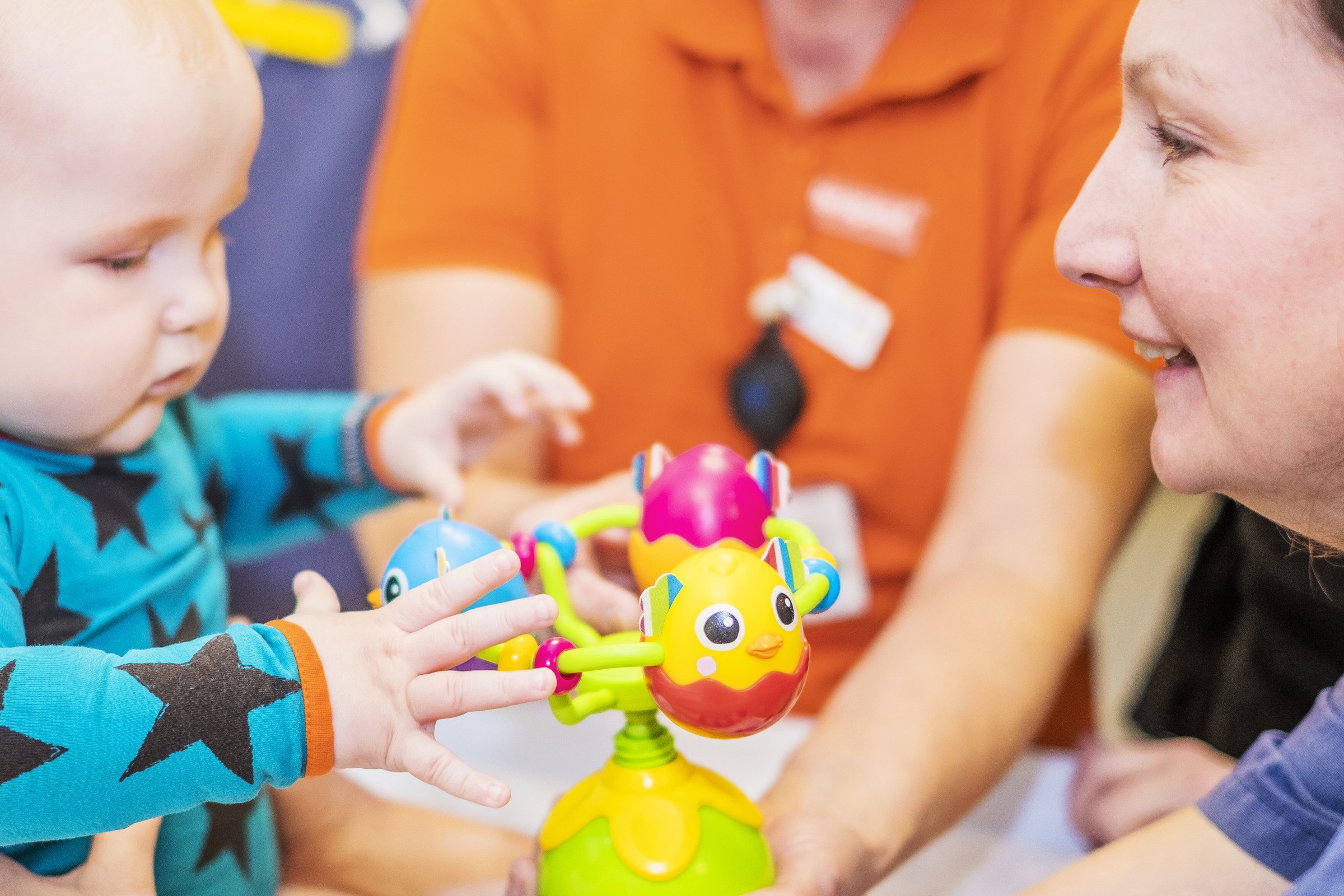Knee Disorders - in children
Patellar dislocation (the kneecap popping out) is the most common severe knee-injury in children presenting with an acute swelling-of the knee after trauma.
Knee injuries can be:
- acute due to trauma (patellar dislocation with osteochondral or chondral injuries, fractures in the knee joint, cruciate- or collateral ligament or meniscus injuries).
- developing over time like Mb Schlatter or Osteochondritis dissecans
- symptoms from for example an abnormal meniscus (discoid meniscus)
- kneecap instability due to, patellofemoral dysplasia, syndromes, or musculoskeletal disorders.
Traumatic intraarticular knee injuries and fractures are the most common knee-condition treated at our clinic. Such injuries are more common in slightly older children.
For children 9-15 years of age 1/1000 suffers from a patellar dislocation, making it the number one intraarticular knee injury in adolescents. When the kneecap pops out the chondral tissue covering the bone in the knee joint can be injured and the ligament stabilizing the kneecap torn. There is a high risk of recurrent dislocations in children. The second most common injury is anterior cruciate ligament (ACL) injuries and the third is anterior tibial spine fracture. Isolated meniscus injuries are less common, but medial collateral ligament injuries are common among younger children (typical ski injury at the age 5-6 years).
Discoid meniscus, Mb Schlatter, apophysitis and osteochondritis dissecans in the knee are other conditions typically seen in children. We also treat other knee disorders related to syndromes and neuromuscular disorders that needs advanced surgery including rotational osteotomies and surgeries for alignment and patellar instability.
Our team
A key to success in the care we offer is collaboration. Besides physiotherapists, orthopedic engineers, providing braces, as well as our dedicated day-surgery unit are essential for the optimal chain of care.
